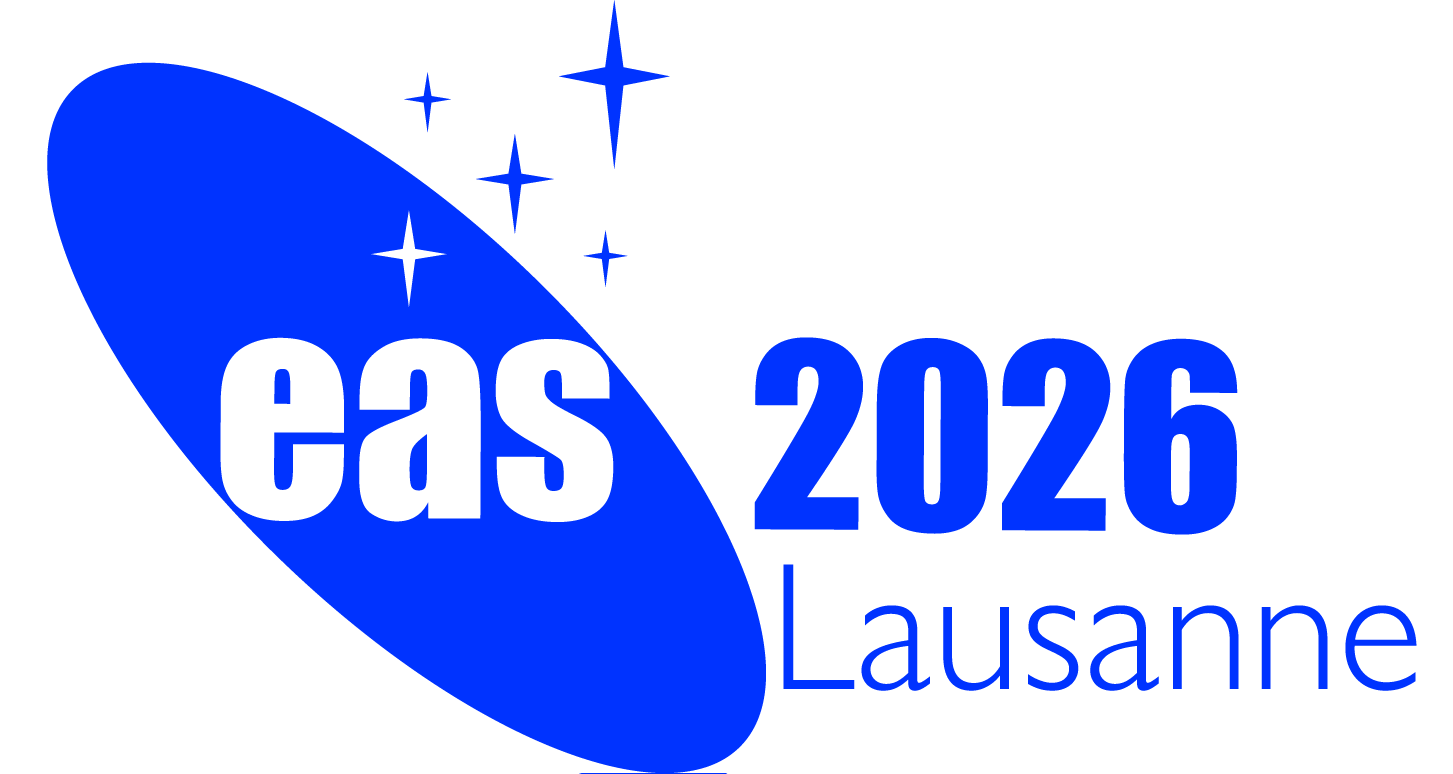
|
Symposia S11
Globular clusters as tracers of galaxy formation and evolution: from dynamics to cosmology |
||||||||
|
European Astronomical Society |
|||||||||

|
Symposia S11
Globular clusters as tracers of galaxy formation and evolution: from dynamics to cosmology |
||||||||
|
European Astronomical Society |
|||||||||